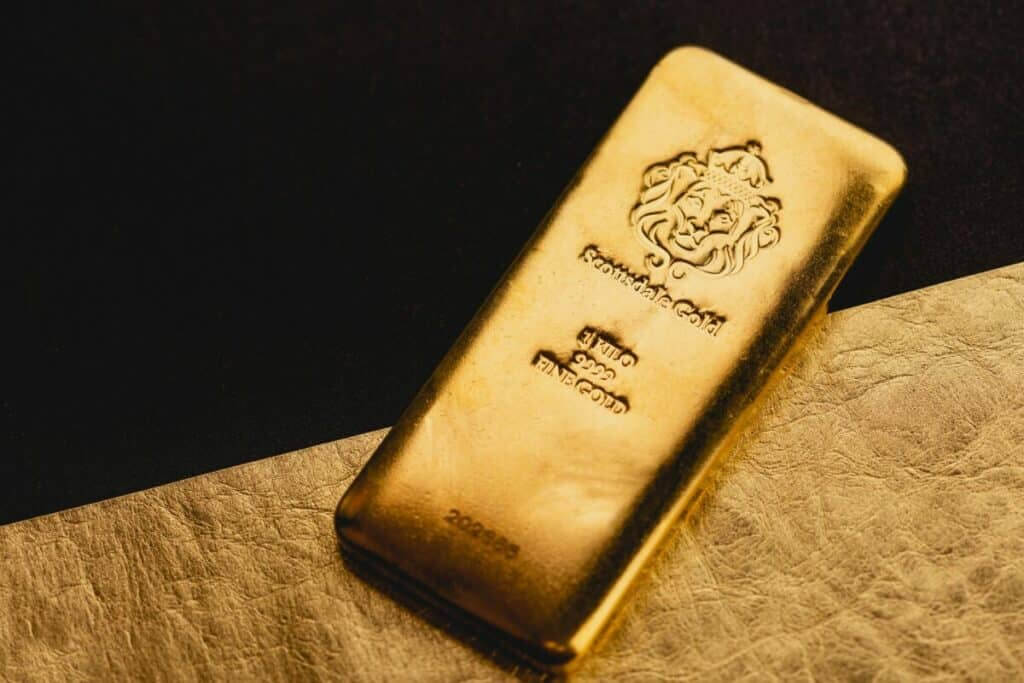Gold Steady Ahead of US Inflation Data Reveal
Quick Look
- Gold holds its Monday gains as investors await US inflation data.
- The core personal consumption expenditures index may indicate persistent high inflation.
- Swaps markets adjust rate cut expectations, with gold staying near peak levels.
Gold, a timeless emblem of wealth and stability, has once again demonstrated its resilience amidst economic uncertainties. As investors worldwide remain on edge ahead of pivotal US inflation data, the precious metal’s recent performance is a testament to its enduring appeal. The core personal consumption expenditures (PCE) index release is highly anticipated this Friday. Economists expect it to reveal that inflation remained uncomfortably high in February, potentially derailing US policymakers’ plans for interest rate reductions within the year.
Lower borrowing costs typically spell good news for gold, which, unlike other investment vehicles, does not offer interest. This intrinsic characteristic of gold and current economic forecasts could significantly influence its market performance in the upcoming months.
Inflation and Interest Rate Dynamics
The US inflation data is the crux of current financial market speculation. With an expected 0.3% rise in February, investors are keenly observing for any signs that could sway the Federal Reserve’s stance on interest rates. The anticipation stems from the direct impact of interest rates on gold’s appeal. As borrowing costs decline, the opportunity cost of holding gold reduces, making it a more attractive investment.
As underscored by Fed Governor Lisa Cook’s recent statements, the Fed’s careful approach to interest rate cuts highlights the delicate balance policymakers must achieve. Amid these discussions, gold has held steady, partly thanks to a slight weakening of the US dollar. This weakening, prompted by adjustments in the People’s Bank of China’s reference rate for the yuan, has provided additional support to gold prices.
Market Sentiment and Gold’s Position
Market sentiments have fluctuated, with swaps markets adjusting their wagers for a June rate cut to 65% from 69%. This shift follows comments from Fed Bank of Atlanta President Raphael Bostic, emphasizing a more conservative expectation of just one rate cut this year. Despite this, gold’s allure has not waned, remaining near its all-time high. This resilience reflects the market’s anticipation of the Federal Reserve’s eventual pivot towards monetary easing.
Moreover, the dollar index has slightly declined. This decline has made gold more accessible to holders of other currencies. Consequently, it further bolsters gold’s position in the global market. Meanwhile, other precious metals like silver, platinum, and palladium have seen minor price adjustments. In contrast, gold stands out for its stability. Additionally, it shows potential for growth amid fluctuating economic indicators.
The implications are significant as the world anticipates the upcoming US core PCE price index data. Traders are now pricing in a 70% probability of the Fed initiating rate cuts in June. Thus, the stakes for gold’s performance are notably high. This scenario highlights gold’s dual role. It is seen as both a haven and a speculative asset, shaped by macroeconomic trends and policy decisions.

